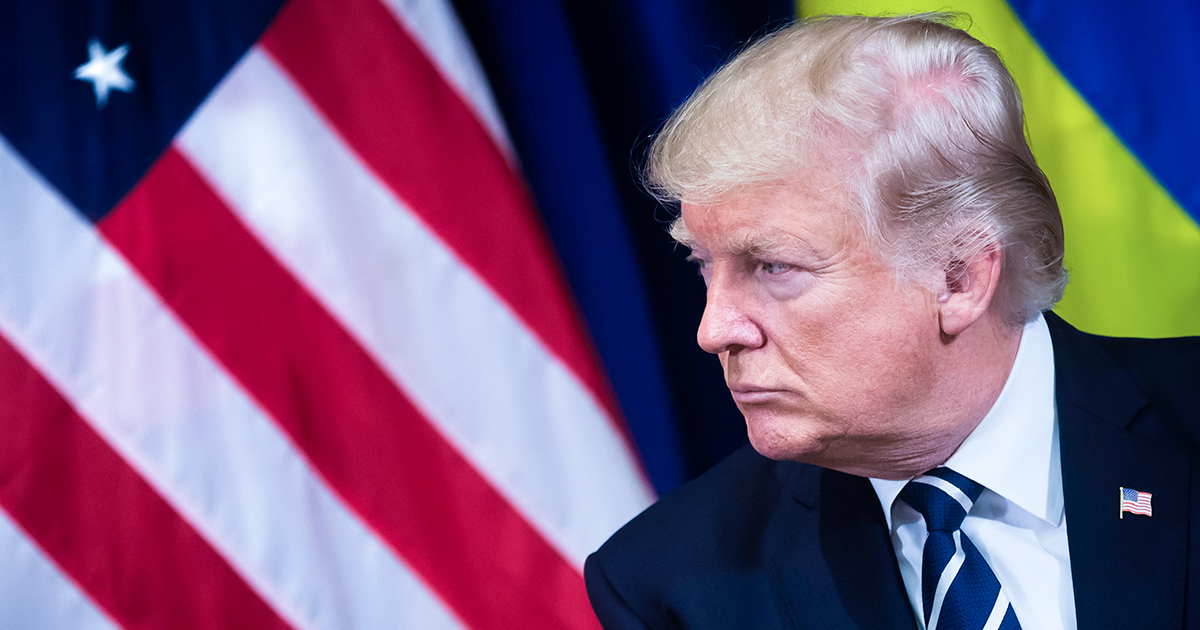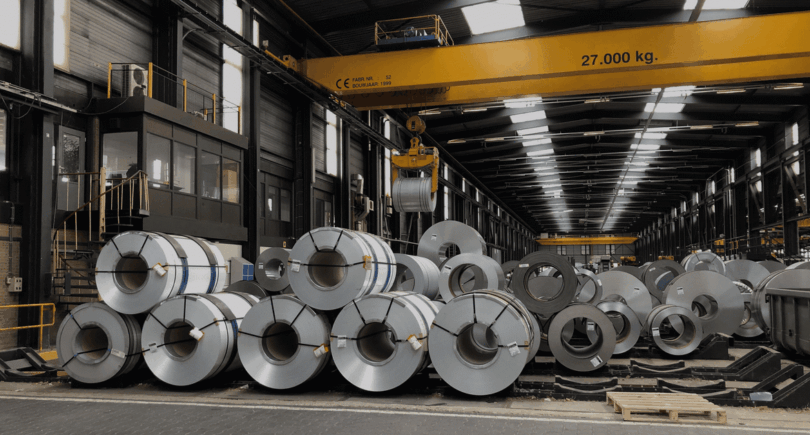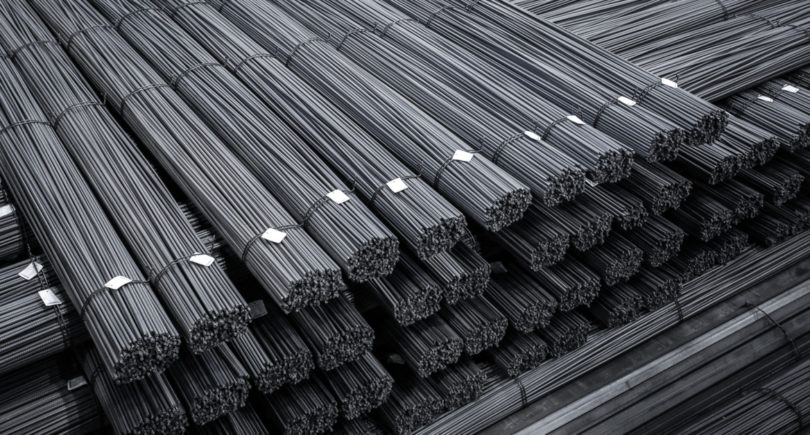
Posts Global Market customs tariffs 1341 12 June 2025
The move will intensify pressure on global steel trade, likely triggering a wave of new trade barriers worldwide
While China holds the most sway over global steel and raw material markets, any major policy shift in the US instantly reveals who truly sets the tone. The actions of these two power centers are nearly impossible to predict, fueling extreme volatility and exposing trading firms to significant losses.
The US Market
US President Donald Trump recently raised Section 232 tariffs on steel and aluminum imports from 25% to 50%, effective June 4. The White House framed the hike as a national security measure, arguing it would bolster domestic industry and sustain production capacity utilization.
In the short term, the tariffs will likely push US steel prices higher. Domestic mills have already adjusted offers: rebar prices jumped by $60 to $810-840 per short ton, while hot-rolled coil saw a more modest $20 increase to $870-890. Some market players speculate prices could rebound to March highs of $950, but weak steel demand may limit upside momentum. Flat-rolled lead times remain short (just 3-4 weeks), signaling mills’ limited ability to pass costs downstream.
Scrap Market Dynamics
As a major scrap exporter, US price movements typically ripple across global markets. Recall how March’s 25% tariff reinstatement lifted US scrap export prices by $30/ton. This time, however, the 50% hike may have muted impact given sluggish global demand.
Turkish steelmakers, being key buyers of US scrap, face squeezed margins amid low-priced Asian competition. After briefly recovering to $340-345 CFR, Turkish scrap prices are again softening as mills resist higher costs.
EU: Bracing for Export Collapse
The EU, which shipped 3.8 million tons of steel annually to the US, faces acute disruption. Despite a mere 13% year-on-year export drop in April (supported by favorable transatlantic price spreads), the new 50% tariff effectively blocks further shipments. We expect EU-US steel trade to grind to a halt by July.
This export loss exacerbates Europe’s oversupply. Even with existing trade barriers, regional mill utilization lingers at just 70%. The result? Domestic steel prices have plunged €50/ton.
Brussels may retaliate with tougher trade defenses, as US actions provide political cover. European steel associations are already lobbying for urgent measures.
China: The Indirect Shockwave
Though direct China-US steel trade is minimal, Beijing’s 9% year-to-date export surge compounds global oversupply. Falling Chinese domestic prices are dragging down Asian export benchmarks, undercutting producers worldwide. Many mills globally now operate at breakeven or worse, jeopardizing decarbonization investments.
Ukraine’s Dual Blow
- Steel Exports: Ukrainian producers must slash prices to remain competitive.
- Iron Ore: With China’s Fe62% fines benchmark sliding from $98/t (April-May) to $92.3/t (June 10th), Ukrainian iron ore concentrate shipments face economic unviability. Full-year 2025 iron ore exports could drop 15%, extending the 10% decline already seen in January-April.
Silver Linings?
The 50% tariff gives Washington fresh leverage in trade talks. The recent US-UK deal, granting British steelmakers a privileged 25% rate, proves even Section 232’s original “disastrous” rate now looks like a win.
Active negotiations are underway:
- EU: EC President von der Leyen flagged July 9 as a potential deal deadline to ease market pressure.
- China: A breakthrough (though distant) could stabilize sentiment and steel demand.
So, Trump’s tariffs are reshaping trade flows, negatively affecting global markets. Expect turbulence ahead as markets adapt to this new, fragmented reality.





